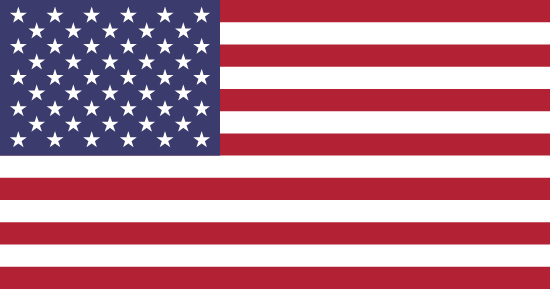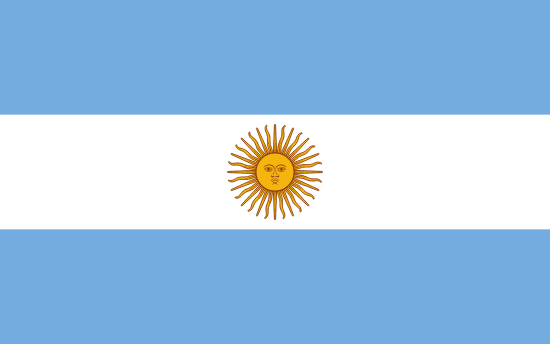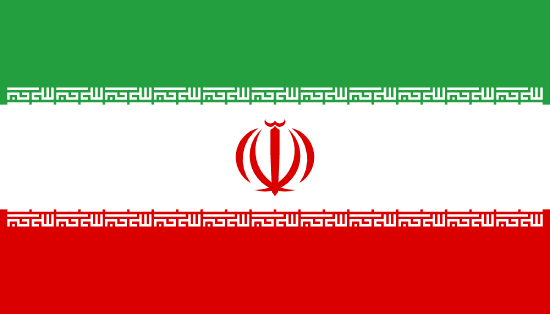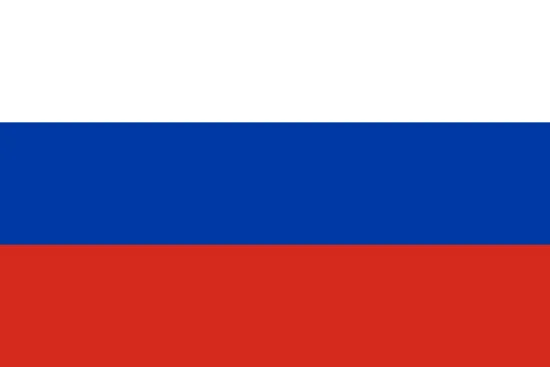How corona treatment works and what materials are treated
If you have experienced sticking problems during production, corona treatment may be the right solution for you. Corona treatment is used to increase the surface tension of materials effectively. The material is treated by high-frequency corona discharge to make the surface more receptive to adhesives, inks, and coatings.
Corona treatment was introduced to industrial applications in 1951. An engineer in Denmark at the time was asked to find a safe way to properly print on plastic surfaces. Through continuous effort and experimentation, engineers finally came up with a theory that revolutionized the field of surface treatment. The theory suggests that a high-frequency beam or corona discharge can treat a specific surface in an appropriate way when the heating level is maintained and in a controlled state. The successful application of corona treatment has led to the further development of this technology in various industries.
So what is corona treatment?
Corona treatment (sometimes called air plasma) is a surface modification technique that uses low-temperature corona discharge plasma to alter the properties of a surface. Corona plasma is created by applying high voltage to electrodes with sharp tips. Plasma is formed at the tip. Linear arrays of electrodes are commonly used to generate corona plasmas. Materials such as plastic, cloth, or paper can be passed through the corona plasma to change the surface energy of the material.
How does corona treatment work?
The low surface energy of certain materials often results in poor adhesion of inks, glues, and coatings. For optimal adhesion, the surface energy of the substrate must be equal to or higher than the substance to which it is applied (such as inks or adhesives). ) surface energy. To increase its surface energy, the material is placed before corona discharge. When a voltage is applied, the surrounding oxygen molecules are broken down into atoms, and the resulting atoms bind to the ends of the molecules present in the material being processed, resulting in a chemical reaction that activates the surface. The surface tension increases, the adhesion increases, and further processing are possible.
What surfaces can it handle?
Polypropylene / Vinyl / Foil / Polyethylene / Metallized Surface / Paper / PVC / Cardboard Stock / PET / and other materials.
What components does it handle?
Cables, automotive parts, 3D parts, medical devices, tubing, foam boards, household appliances, narrow webs (conductive and non-conductive), and extruded profiles are just a few of the many components that require corona treatment. These components need to be processed and modified before they can be used in industrial grades. The retrofit process will involve coating, painting, sealing, lamination, sealing, inkjet, and label printing.








 العربية
العربية français, langue française
français, langue française हिन्दी, हिंदी
हिन्दी, हिंदी Bahasa Indonesia
Bahasa Indonesia فارسی
فارسی Português
Português русский
русский Español
Español Afrikaans
Afrikaans